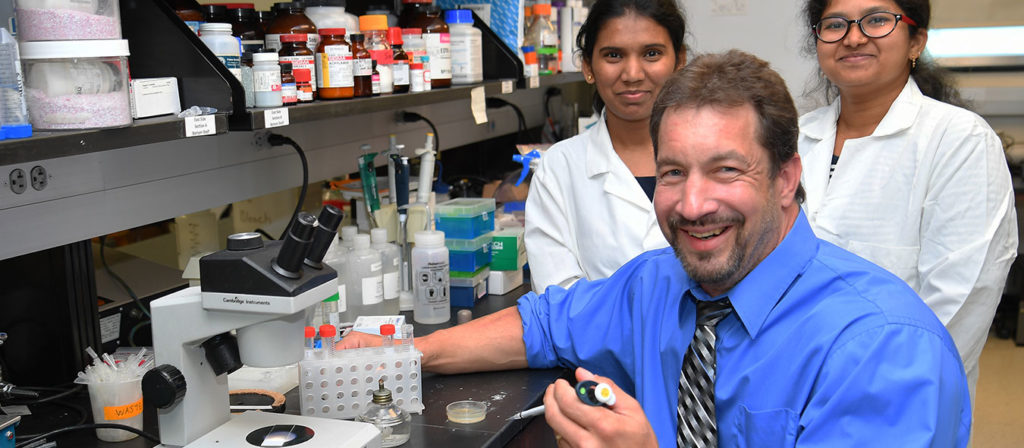Marshall University will celebrate its climb in the prestigious Carnegie Classification of Institutions of Higher Education listing with an event next week featuring music, refreshments and university mascot Marco. As part of the program, Marshall officials also will unveil a plaque to commemorate the new research designation.
The celebration will be held Wednesday, May 8, at 2 p.m. in the J. Churchill Hodges Atrium of the Arthur Weisberg Family Engineering Complex on the Huntington campus. The program is free and open to the public.
Carnegie recently designated Marshall a “Doctoral University: High Research Activity,” or “R2” as it is commonly called in higher education circles. The classification places Marshall among the top six percent of college and universities in the nation, and is the second-highest classification an institution can receive from the organization.
Marshall was previously classified as a “M1: Master’s Colleges and Universities – Larger Programs,” but with the university’s increased research productivity and a move by the Carnegie program to include additional doctorates in its methodology, Marshall’s designation jumped up two levels.
Marshall President Jerome A. Gilbert said the new designation, considered a significant milestone in the academic research world, is a tribute to the hard work and research efforts of faculty across the institution.
“This is tremendous recognition for Marshall University’s research programs,” Gilbert said. “We are very proud of the continued progress of our programs and the university. Increasing our research activity has been one of my goals since arriving at Marshall and it continues to be a priority.”
Marshall’s research expenditures have increased 25 percent over the past two-and-a-half years from $23 million to $31 million, and are expected to climb further this year.
For its latest rankings, Carnegie surveyed more than 4,000 universities and put just 139 in the R2 category, which includes universities that confer at least 20 research/scholarship doctorates annually and spend a minimum $5 million per year on research. With its R2 designation, Marshall joined the likes of universities such as Baylor, Wake Forest and Lehigh.
Dr. John M. Maher, Marshall’s vice president for research, said, “Marshall’s attainment of this classification recognizes the significant accomplishments of the university in research and postgraduate education. It reflects the hard work and dedication to education and scholarship of the faculty and reflects the continued growth in external grant support for Marshall programs in science, the fine and liberal arts, education and economic development.”
External grant support for Marshall programs currently includes funding from the National Institutes of Health, the National Science Foundation and the Centers for Disease Control and Prevention, among many others.
Originally from Ginny Painter for Marshall University Communications.
